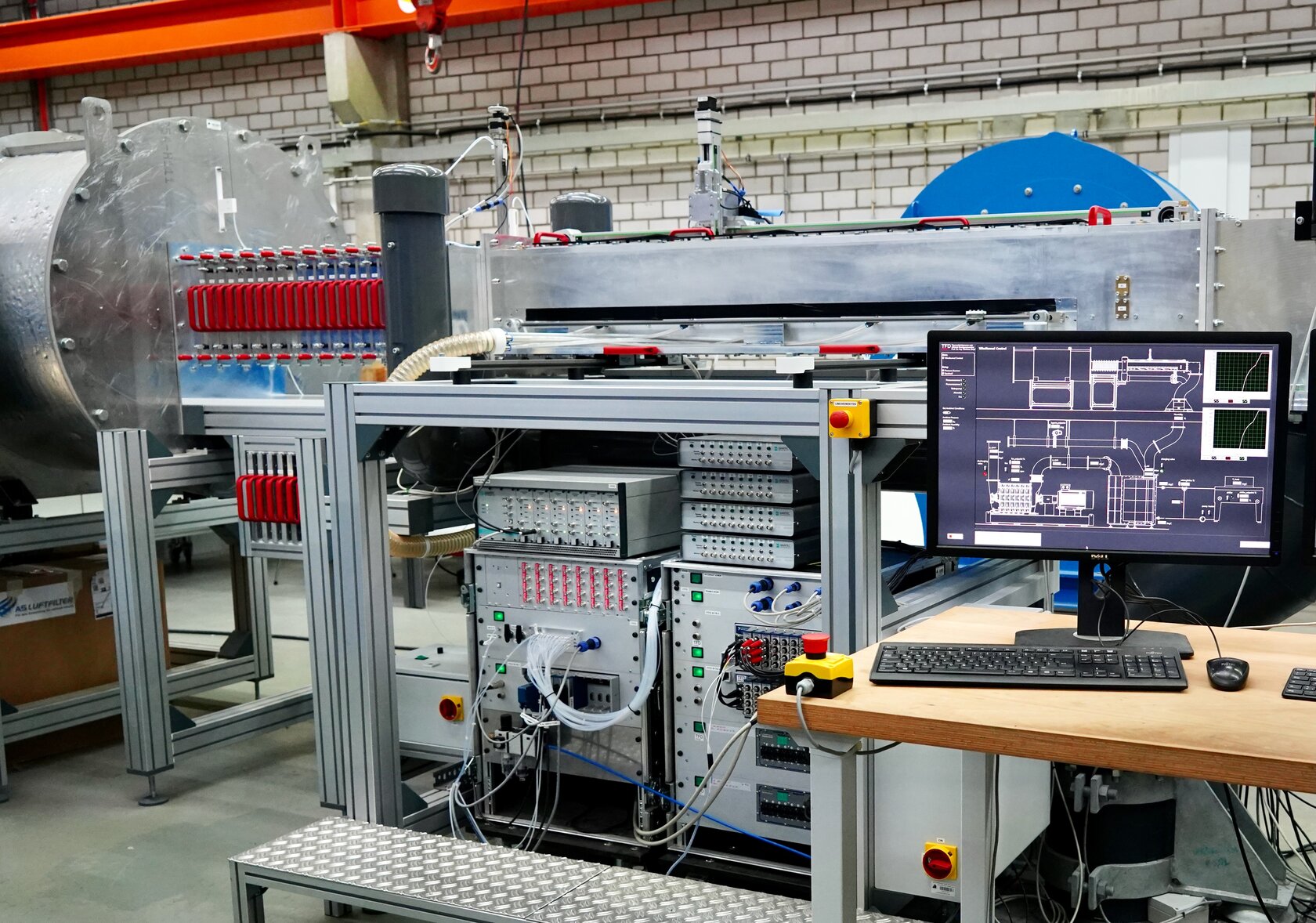Boundary layers that transition from a laminar to a turbulent state play a major role in many turbomachines and in the flow around aerofoils and vehicles. The coefficient of friction and heat transfer increase by about one order of magnitude. For an efficient aerodynamic and thermal design, it is therefore of great importance to be able to accurately predict the start and end of the transition. Since the flow calculation methods used today do not adequately take the laminar-turbulent transition into account and the underlying mechanisms are not fully understood, fluid dynamic limits and efficiency advantages cannot be exploited and new concepts cannot be reliably implemented. The overall aim of the project is therefore to develop a practical, reliable model for predicting the laminar-turbulent transition that is valid over a wide range of applications. The new model will be the first to describe the physics of the transition, from the formation of turbulence patches within the laminar boundary layer and their coalescence to the fully turbulent boundary layer. The model development is based on unique experimental investigations, Direct Numerical Simulations (DNS) and new findings from previous projects. Some of the parameters required for model development, such as turbulence spot growth under various boundary conditions on smooth and rough surfaces, could not yet be determined in previous projects due to the very thin boundary layers. It is therefore a further aim of the project to determine the missing variables on an optimized measurement section with greatly expanded measurement technology. The new measurement data is to be integrated into an existing test case database. This would create the world's largest and publicly accessible database on transitional boundary layer flows.
